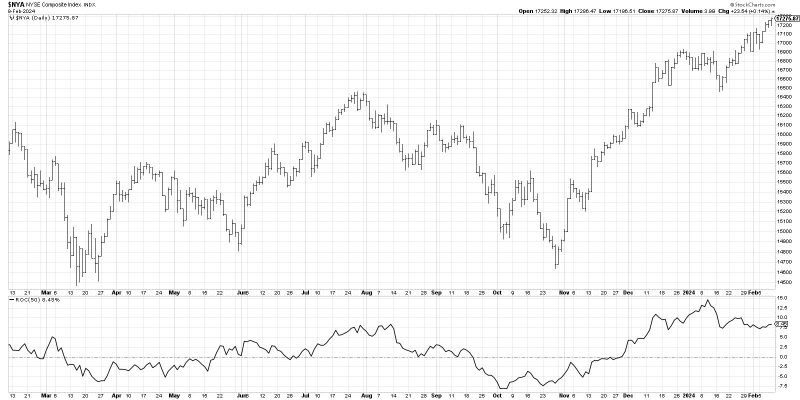Body:
The financial world can be an unpredictable and volatile place, filled with various indicators and omens that investors and analysts rely on to try and predict market trends. One such omen that has gained attention in recent years is the Hindenburg Omen. Derived from the infamous Hindenburg disaster of 1937, this indicator warns of potential stock market crashes and has caused quite a stir in the investment community. In this article, we will explore the Hindenburg Omen and its implications for investors.
The Hindenburg Omen is a technical analysis indicator designed to identify potential stock market crashes. It was created by Jim Miekka, a mathematician, in the late 1980s. The name was chosen due to the disastrous Hindenburg airship explosion in 1937, which resulted in a significant loss of life and widespread destruction. The analogy draws parallels between the crash of the Hindenburg and potential crashes in the stock market.
The formula for the Hindenburg Omen is complex, involving a combination of technical factors and market data. It considers various market breadth indicators, such as the number of stocks reaching 52-week highs and lows, along with the number of advancing and declining issues. When certain criteria are met, the indicator signals a potential market crash.
Despite its intriguing name and the seriousness of its implications, the Hindenburg Omen has a mixed track record in predicting market crashes. Some analysts believe it to be a reliable signal, pointing to instances where it warned of significant downturns. However, others argue that it is too prone to false signals and can create unnecessary fear among investors.
Critics of the Hindenburg Omen often point out that although crashes have sometimes followed its appearance, there have been numerous false positives as well. They argue that given the complexity of market dynamics and the multitude of factors at play, relying solely on one indicator can be misleading. Additionally, detractors highlight that the stock market is influenced by a wide range of factors, including economic data, geopolitical events, and investor sentiment, which cannot be captured by a single indicator like the Hindenburg Omen.
Nevertheless, proponents of the Hindenburg Omen argue that it should not be disregarded entirely. They believe that even though it may not be infallible, it serves as a valuable warning sign for investors to exercise caution. They advocate for using the indicator in conjunction with other market analysis tools and data points to obtain a more comprehensive understanding of market conditions.
In conclusion, while the Hindenburg Omen offers an intriguing proposition of predicting stock market crashes, investors should approach it with caution. Its mixed track record and the complex nature of the financial markets warrant a multifaceted approach to analysis. Using the Hindenburg Omen as just one piece of the puzzle, alongside other indicators and fundamental analysis, may provide investors with a more accurate and holistic picture of market conditions. Ultimately, it is essential to remember that no single indicator can guarantee market movements, and prudent decision-making requires a thorough examination of multiple factors.
